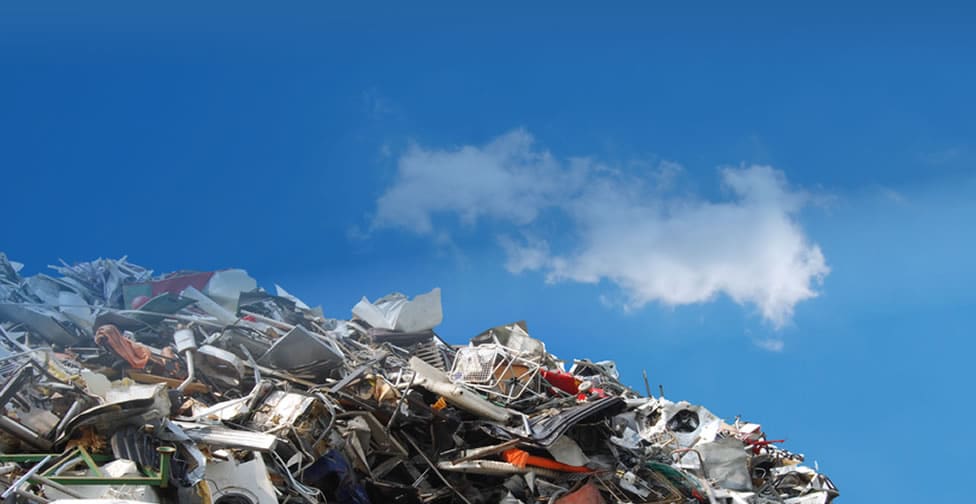Despite carbon waste emissions falling for the first time, it appears London is still struggling to maintain its momentum and enthusiasm for the recycling of household waste.
Annual waste statistics from the Department for Environment, Food and Rural Affairs (DEFRA) showed that more than 40% of waste was incinerated – a sharp increase of 17% over just two years.
Over the previous decade, the annual waste statistics were recorded at around 20%. In addition to this news, it was revealed that almost half of the capital’s borough’s household recycling rates fell in 2012-2013 in comparison to the previous year, with an increase in landfill use.
Landfill taxes are costing Londoners around £300m; which is surprising that some are still choosing this quick-fix option as the cost of recycling, especially with segregated collection, is considerably lower. As more are using landfills, London’s average recycling rate for household waste is 34%, keeping the city firmly placed as one of the worst regions for recycling.
It is clear from these recent statistics that the waste recycling policies outlined by Boris Johnson are slipping. Johnson has a huge task on his hands as London is increasingly getting further and further from his target of recycling 45% of waste by 2015.
The London Waste and Recycling Board, started in 2008, has helped to launch a number of much-needed waste facilities around London. The board’s business plan acknowledges the problem that is the shortfall in waste treatment capacity, however the question is whether enough can be done in time. It is estimated that this problem will continue to grow, with a shortfall of over 4m tonnes in 2015, forecasted to increase to 8m by 2030, where by that time the problem will be much harder to solve.
